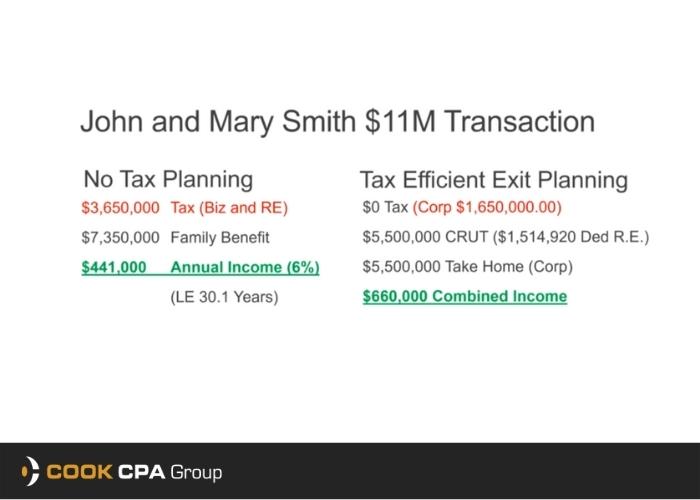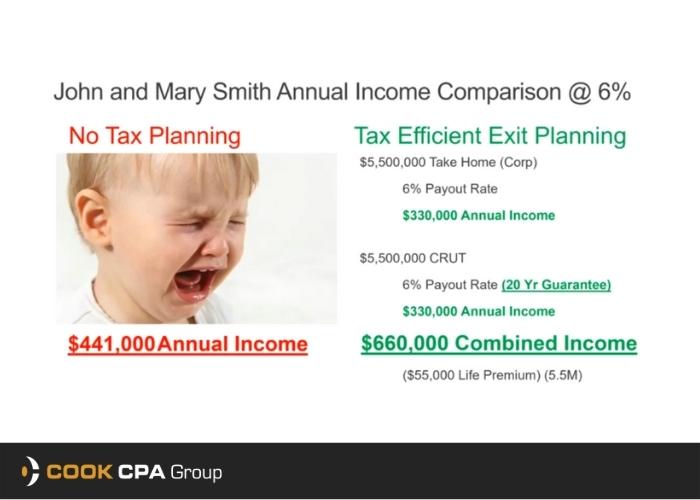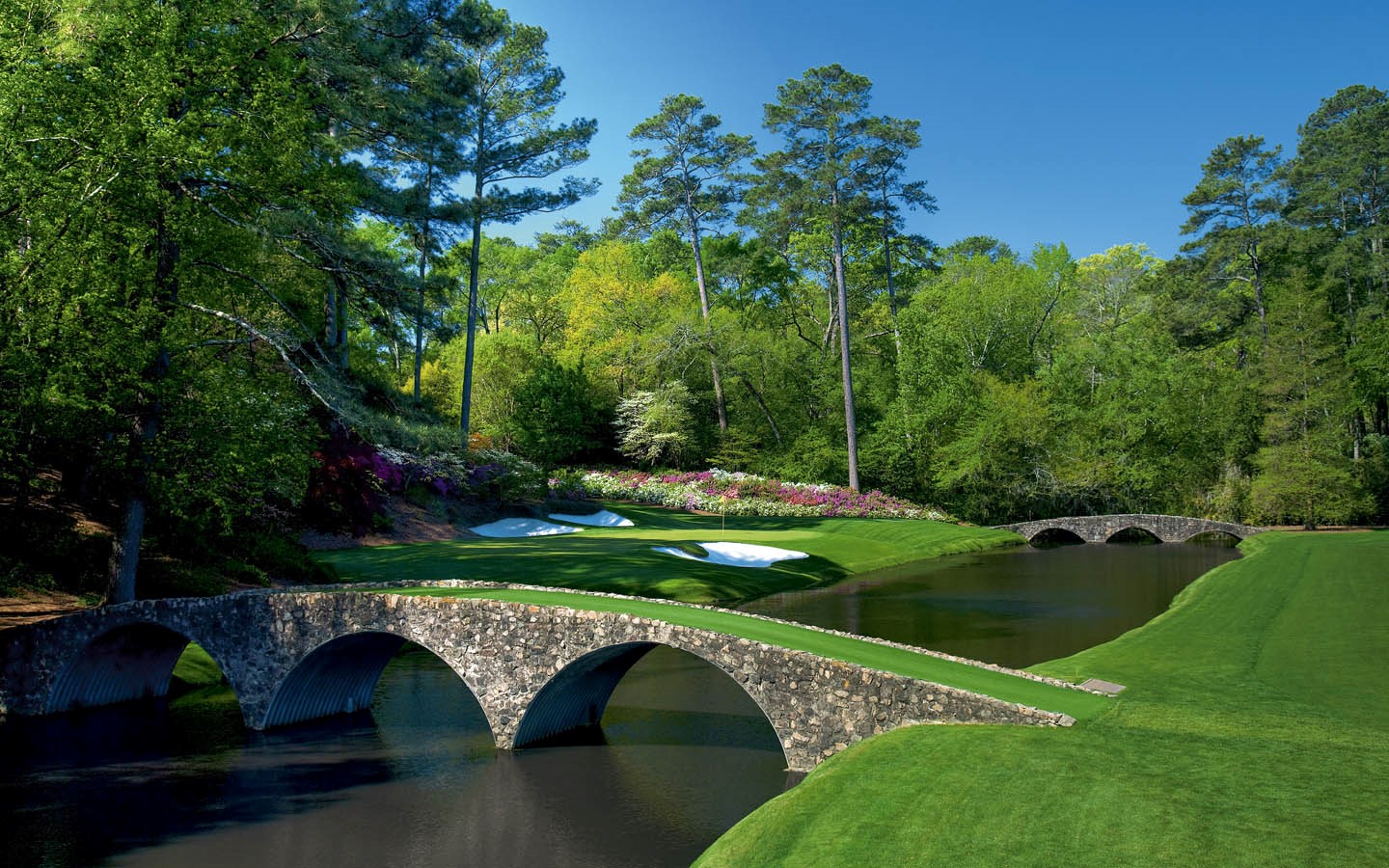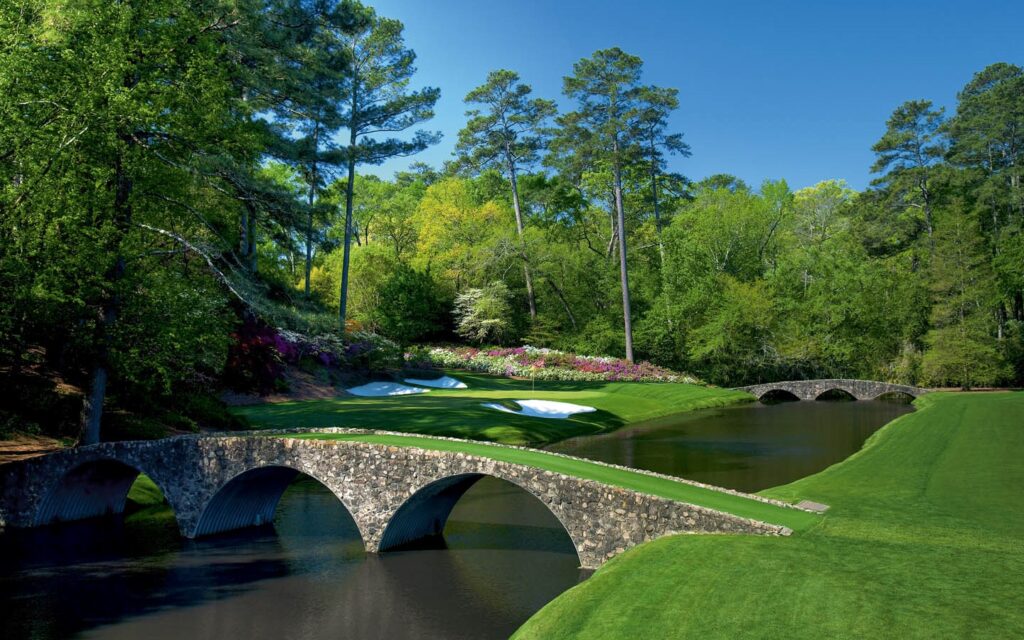
Reaching the end of your first year in business is a significant milestone. Bringing your idea to life and achieving your business goals is no small feat. As tax season approaches, it’s just as essential to research and understand the tax-paying process for your small business as it is to hit your next big goal.
From organizing your business financial statements to understanding required tax forms, paying taxes during your first year in business takes careful planning. Luckily, Cook CPA Group is always in your corner, anticipating your accounting needs.
Use the information outlined below to create a checklist that will make paying taxes during your first year in business a complete breeze.
Business Taxes You Are Required To Pay Your First Year In Business
The first essential step in planning your tax filing for your first year in business is familiarizing yourself with the different business taxes you’re expected to pay. As a small business owner, there are several business taxes you are required to pay to the IRS that you may not be familiar with. Here are the five types of business taxes you should prepare to file in your first year in business:
Income Tax
Paying income taxes during your first year in business will be no different than paying individual income taxes. In most cases, you will pay both federal and state income taxes, depending on your business entity type.
Sole proprietorships and S corporations report business income on individual tax returns. Your tax bracket will determine the flat tax rate you will pay.
Conversely, C corporations pay taxes based on the business’s net income. At the federal level, the tax rate for C corporations is 21%. Currently, forty-four states impose a corporate income tax ranging from 2.5% to 11.5%. Visit the Tax Foundation’s website to find your state’s corporate income tax rate.
Self-Employment Tax

It’s common for business owners to consider themselves an employee of their company for accounting purposes. You are required to pay self-employment taxes if you earned $400 or more from business activities. That money will be taxed at a flat rate of 15.3% and is used to fund Social Security and Medicare benefits.
Employment Tax
You will be responsible for paying employment taxes if your business employs other individuals. Employment taxes include Social Security and Medicare, federal and state income tax withholding, and federal unemployment tax.
Estimated Tax
Businesses must pay estimated taxes four times per year if they expect to owe more than $500 in taxes as a C corporation or more than $1,000 as another business entity. Estimated taxes are due January 15, April 15, June 15, and September 15.
Excise Tax
Not every business is subject to excise taxes, but it’s critical to understand the goods and services that may apply. You should expect to pay the excise tax if your business sells certain products such as gasoline, cigarettes, or alcohol. Reach out to us for a comprehensive list of what goods and services fall under the excise tax rules.
Know Your Business Tax Forms & Tax Deadlines

As you gear up to pay taxes for your first year in business, it’s critical to understand the business tax forms you’re required to file and when they’re due.
Schedule C or Schedule K-1
If you run your business as a sole proprietor, you should file a Schedule C with your Form 1040 by April 15 to report your income. If you own an S corporation or a multi-owner LLC, you will file a Schedule K-1 by March 15 to report income to the IRS.
Form 1120 or 1120-S
If you own a C corporation, you will file a Form 1120 by April 15 to report income. An S corporation should use the similar Form 1120-S to file income separately from their personal income tax return by March 15.
1099-MISC
Form 1099-MISC is filed to report the self-employment income you’ve earned as a business owner or if you’ve hired independent contractors to perform business-related activities. The deadline to submit copies of this form to the IRS is January 31.
Form 1065
If you own a partnership, you will use Form 1065 to report information, including income, gains, losses, and deductions.
Form 720
If you determine your business is subject to excise taxes, you will use Form 720 to report it.
Sort Your Business-Related Paperwork

Paying taxes for your first year in business requires careful planning. But organizing all your paperwork and determining the documentation needed to support your tax filing can be overwhelming. That’s why we suggest you focus on three main areas: financial documentation, business-related expenses, and payroll and employee documentation.
Financial Documentation
- Balance sheet
- Income statement
- Bank account statements
- Credit card statements
- Invoices received from outside vendors
- Invoices paid for services
Business-Related Expenses
- Auto expenses (including mileage and maintenance)
- Office Supplies
- Operational costs (including rent, utilities, and maintenance costs)
- Marketing and advertising costs
- Expenses for professional services (including accountants, attorneys, bookkeepers, and consultants)
- Insurance fees (including property insurance, vehicle insurance, business insurance, etc.)
- Documentation for all equipment and assets purchased (including the depreciation schedule for each item)
Employment Expenses
- Employee forms, including:
- W-9 and I-9 verification forms for each employee
- W-2 Forms
- 1099 Forms for contractors
- 1099-MISC for fees for nonemployee payments
- Payroll forms
- Witheld deductions from payroll and other employee wages
Now that you know the necessary forms, due dates, and documentation needed to pay taxes for your first year in business, you’re ready to meet this tax season head-on. If you feel overwhelmed with the process, schedule a free consultation with us. We’ll help you navigate the tax filing process for your first year in business and beyond.
































